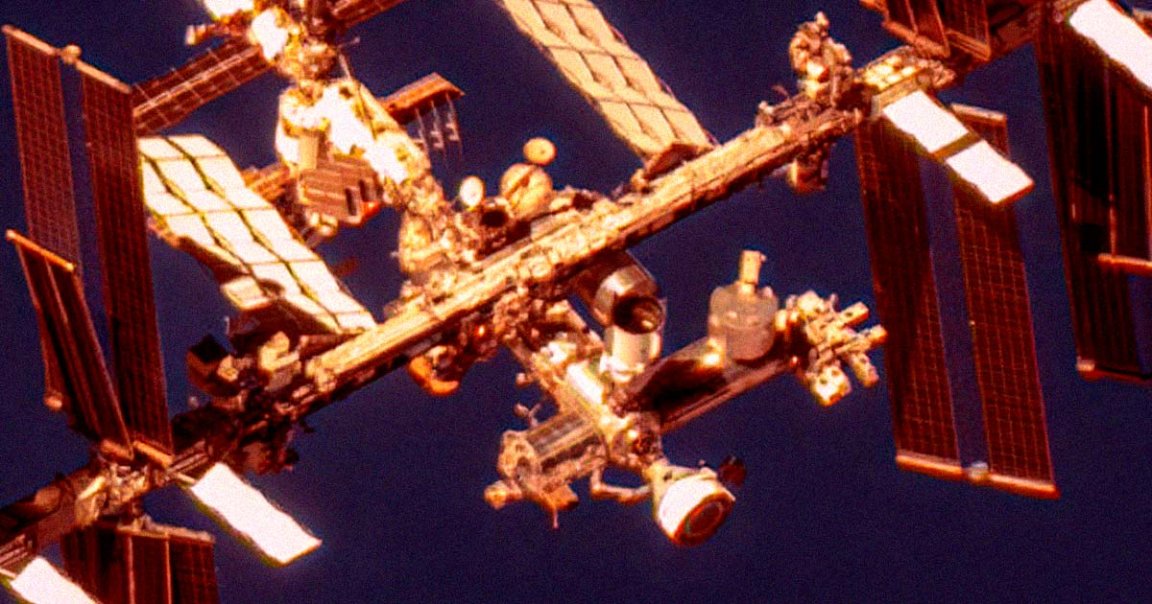
Risky Business
NASA is expected to finally come to a decision on what to do with its two stranded astronauts this weekend, but its option of returning them on Boeing’s troubled Starliner is starting to look less and less likely.
The agency has scheduled a Flight Readiness Review for Saturday, after which it’s expected to announce whether Sunita Williams and Butch Wilmore will return on Boeing’s plagued spacecraft — or hitch a ride on a SpaceX Crew Dragon in February, extending an originally planned eight-day stay into an eight-month odyssey.
While the latter option should more or less be a routine mission for NASA at this point — Crew Dragon spacecraft have visited the International Space Station close to a dozen times over the last four years — opting for Boeing’s alternative for reentry could make for a far more harrowing journey.
As the Washington Post reports, NASA has changed its tune considerably over the last couple of weeks, with officials going from repeatedly claiming they had “confidence” in Boeing’s much-maligned spacecraft to publicly discussing alternative methods of reentry with the help of SpaceX.
A lot is at stake, both in terms of the astronauts’ lives and for political capital. Vice president and presidential contender Kamala Harris, who also happens to be the head of the National Space Council, has closely been following the situation while attending the Democratic National Convention this week, and any missteps could become a major issue in the ongoing race.
Averting Disaster
NASA is still carefully analyzing the possible risks and is desperately looking for ways to avoid a disaster.
During a press briefing last week, NASA officials went as far as to suggest that the agency had learned from its fatal Challenger and Columbia shuttle disasters in 1986 and 2003 respectively, resulting in a drawn-out and heated back-and-forth.
“This robust exchange of viewpoints is a necessary aspect of the healthy safety culture that’s important to the success of human spaceflight,” said NASA’s chief of safety and mission assurance Russ DeLoach. “I’ve been hyper-focused on this concept of combating organizational silence. If you look at both — Challenger and Columbia — you can see cases where people had the right data or a valid position to put forward, but the environment just didn’t allow it.”
“I recognize that that may mean at times we don’t move very fast because we’re getting everything out,” he added.
But NASA is quickly running out of time. Starliner’s batteries could soon run out of juice, although NASA says they could be extended — at least for now.
According to the WaPo, the more the agency delays its decision, the closer it’s leaning towards sending Williams and Wilmore back on board a SpaceX Dragon capsule.
And given all that’s at stake, we can’t say we’re surprised.
More on Starliner: Stranded Astronauts Have Taken Up Gardening, NASA Says